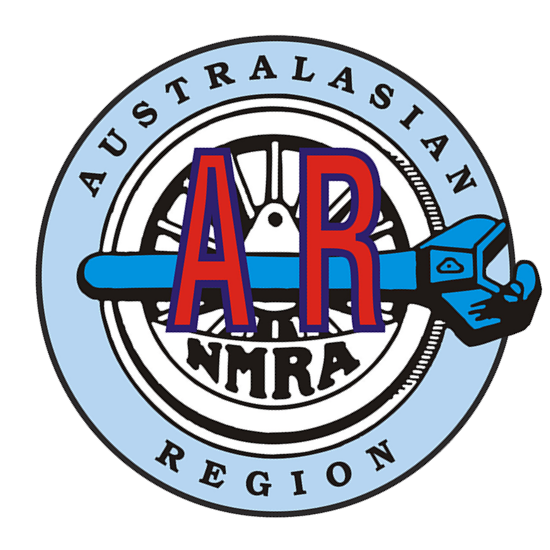by Ken Scales MMR
The Sante-Fe Ontario and Western Railroad represents a bridge to bridge railroad built by a Sante-Fe subsidiary, mostly over part of the route of the old New York Ontario and Western Railroad. This railroad went bankrupt in 1956 and was the first Class 1 Railroad to do so in the USA. The Sante-Fe Ontario and Western Railroad uses a mixture of older Sante-Fe locos and other Western railroad equipment. It also carries some through traffic from Western Pacific, Rio-Grande and Southern Pacific. Recently the railroad has been custom painting locos, cabooses, passenger cars and doodlebugs. Like the New York Ontario and Western it does not make a profit and Sante-Fe keep most of the equipment in good order with a view to selling it in the future.
The railroad terminates on the north end at a large station known as Hudson River which is just outside of Long Island. The southern end terminates at Middletown in which is the site of the company offices. These are located in the large station building which has been rebuilt from the original Middletown Station. Parts of the layout which operate as branch line services go to Carbondale, Cornwall, Scranton and Walton.
There are two large coal mines and a titanium mine around the Carbondale, Scranton and Cornwall areas. Minerals are transported to the large loading dock on the river at Cornwall and also sent south to the Offanon Power station at Middletown.
There are regular passenger services using diesel hauled light weight streamline cars and steam hauled heavy weight cars which run in both directions from Middletown to Hudson River. There are also a lot of doodlebugs which run the intermediate services and some of these such as the articulated M200 pull freight cars which are interchanged at smaller industries after passengers have been dropped off. Some doodlebugs also carry extra passengers pulling light weight passenger cars. There are also some self- propelled multi- unit passenger sets with a cab each end that can travel along the layout without the need to reverse at the end of their run.
The layout which measures 28 feet by 11 feet is housed in its own room in a relatively new house at Blue Haven on the NSW central Coast. The layout was originally finished in 2008 but was later extended and partly rebuilt in 2013. It uses an NCE DCC System and many of the locos and doodlebugs have sound. Scenery is made from a lot of natural materials with a mixture of hand made and commercial trees. A mixture of real rock and plaster castings have been used for rock faces. The backdrops are made using a mixture of colour photos on copy paper attached to the backdrop with double sided tape and hand painted sections to allow it to change gradually from end to end.
The layout is designed for operation and uses switch lists. Many operation sessions have been run on the layout since it was originally built and the modifications made in 2013 were designed to improve scenery, level of detail and operation. It can now be considered a fully finished layout although small amounts of detail may be added when the opportunity arises.
